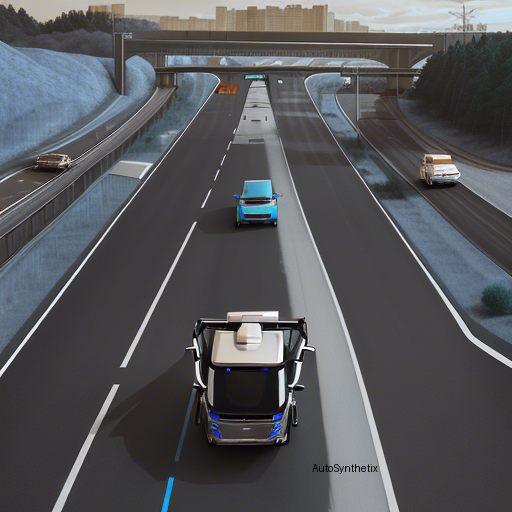In today's fast-paced technological era, self-governing vehicles have become increasingly prevalent research areas worldwide. A pivotal aspect within autonomous mobility systems lies in efficient lane detection techniques. The ability to accurately identify road markings under varying circumstances directly influences overall vehicle safety, adaptability, and performance. Consequently, scientists continue striving towards optimal solutions to tackle real-world challenges associated with lane recognition. In light of groundbreaking advancements, let us delve into a transformational study introduced as 'Lane Detection through Transformation (LDTR)', spearheaded by researchers immersed in artificial intelligence innovations.
**The Unwavering Pursuit of Perfection – Overcoming Existing Barriers in Lane Depiction**
Despite substantial progress made over time, traditional approaches face significant limitations when handling specific situations involving obscured visual cues related to lanes owing to extenuating environmental elements like illumination disparities or occluded perspectives. These constraints underscore the paramount importance of devising more sophisticated strategies capable of coping effectively with diverse settings. This precise quest led to the development of LDTR, aiming at revolutionizing current paradigms surrounding lane depictions.
**Introducing LDTR - Bridging Gaps Through Novel Techniques**
Drawing inspiration from the Deep Efficient Detector Reasoning (DETR), LDTR emerges as a gamechanger in its domain. At the heart of this innovative system resides the concept of "Anchor Chain" - a unique methodology designed explicitly for representing lanes throughout the entire process rather than treating them individually from their commencement. By adopting this holistic approach, LDTR naturally accommodates peculiar cases without demanding intricate post-handling procedures typically required by conventional counterparts.
Furthermore, an integral facet incorporated into LDTR involves a cutting-edge Multi-Referenced Deformable Attention Module. Designed meticulously, this mechanism distributes focus across potential objects dynamically, significantly enhancing perceptiveness concerning individual lane instants. Two Line Intersection-Over-Union algorithms further bolster the framework's proficiency while minimizing computational overheads concomitantly. Lastly, a Gaussian Heat Map Auxiliary Branch completes the picture, amplifying representational capabilities during training sessions, ultimately boosting overall accuracy levels.
**Evaluation Metrics & Performance Assessment**
To ensure fair comparisons between competing algorithmic architectures, evaluators adopt a combination of widely recognized criteria, including the renowned Fréchet Distance metric, parameterized F1 scores, alongside supplementary manmade indices tailored specifically for assessing synthesized datasets' performances. As per these stringent benchmarks, experimental outcomes demonstrate unquestionably superior functionality exhibited by LDTR compared to existing alternatives, firmly establishing itself as a pioneering force within the realm of advanced lane detection technologies.
As automotive engineering continues evolving exponentially, breakthroughs such as LDTR serve not just as a testament to human ingenuity but also herald new frontiers where once insoluble problems can now be conquered with conviction. With every scientific stride taken toward improving autonomy, safer roads lie ahead, benefiting both passengers and drivers alike in our ever-advancing technological society.
Source arXiv: http://arxiv.org/abs/2403.14354v1
